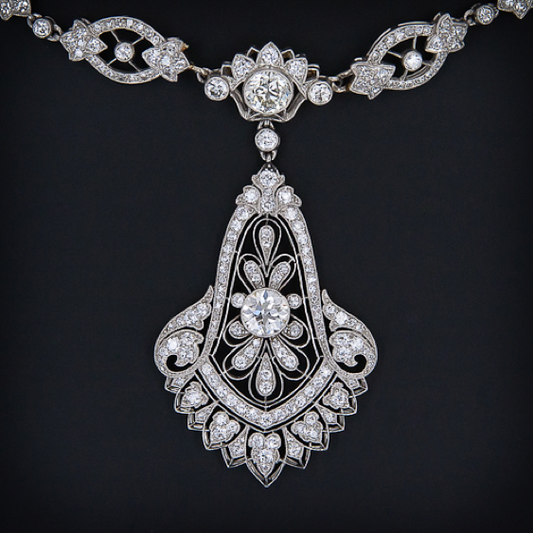talkingfashion

Art Deco and the Birth of Glamour
Art Deco and the Birth of Glamour by Paige McKirahan In a time when the stock market followed the length of lady’s skirts, a new era of art and...
Art Deco and the Birth of Glamour
Art Deco and the Birth of Glamour by Paige McKirahan In a time when the stock market followed the length of lady’s skirts, a new era of art and...